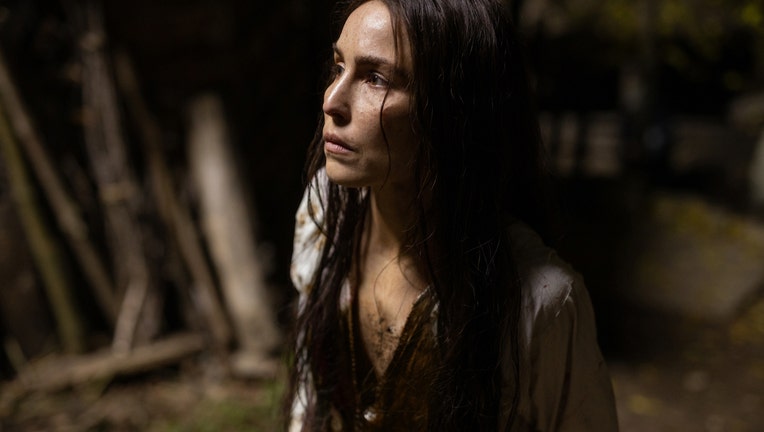Survival and Suspense: A Look at Alone (2020)
Alone, directed by John Hyams, is a tightly-wound survival thriller released in 2020 that masterfully combines simplicity, suspense, and emotional intensity. With minimal dialogue, a small cast, and a straightforward premise, the film focuses on raw tension and atmosphere, stripping away the excesses of modern horror to deliver a primal and deeply unsettling viewing experience.
The story centers on Jessica, portrayed by Jules Willcox, a woman grieving the recent death of her husband. Seeking a fresh start and a sense of peace, she packs her belongings and embarks on a solo journey across the Pacific Northwest. The trip, however, takes a terrifying turn when she encounters a mysterious man on the road—played by Marc Menchaca—who begins following her. At first, his presence is merely unsettling: he’s awkward, persistent, and seems to show up wherever she stops. But soon, it becomes clear that his intentions are far more sinister.
After a series of nerve-racking encounters, Jessica is kidnapped and taken deep into the wilderness, locked inside a remote cabin. From here, Alone shifts into full survival mode. Jessica manages to escape, but the man follows, and what unfolds is a relentless game of cat and mouse through rugged forests and dangerous terrain. With no one to help her and only her instincts to rely on, Jessica must summon every ounce of strength and determination to survive.
What sets Alone apart from other survival thrillers is its stark realism. There are no over-the-top action sequences or implausible heroics. Instead, the film thrives on authenticity—Jessica is resourceful but vulnerable, and her reactions feel believable and human. Jules Willcox delivers a strong, empathetic performance, capturing the fear, resilience, and growing determination of a woman fighting not just for survival, but for emotional redemption.
![Review][Movie] You Won't Be Alone (2022) – A Hermit's Cave](https://cheffamily.wordpress.com/wp-content/uploads/2023/02/ca2cca4cddaa64fe4e21517473b443aa.jpg)
Marc Menchaca’s portrayal of the antagonist is equally compelling. His character is chilling precisely because he is so ordinary on the surface—calm, quiet, and deceptively polite. This makes his violent and obsessive behavior all the more disturbing. His performance never slips into caricature, which adds to the psychological tension throughout the film.
Visually, Alone makes excellent use of its natural setting. The lush, foggy forests of the Pacific Northwest create an eerie, isolating atmosphere, reflecting Jessica’s internal struggle as much as her physical one. The cinematography captures the beauty and danger of the wilderness, emphasizing the vastness and solitude that surround the protagonist.

The film also benefits from a lean, focused script. There are no unnecessary subplots or distractions—every scene serves to heighten the tension and develop Jessica’s character. The pacing is tight, gradually building suspense until the intense and satisfying climax.
In conclusion, Alone is a stripped-down, character-driven thriller that proves you don’t need elaborate plots or big budgets to deliver genuine suspense. It’s a harrowing tale of survival, anchored by strong performances and a palpable sense of dread. For fans of minimalist horror-thrillers and survival narratives, Alone offers a gripping, emotionally resonant experience that lingers long after the credits roll.

-1751863258-q80.webp)